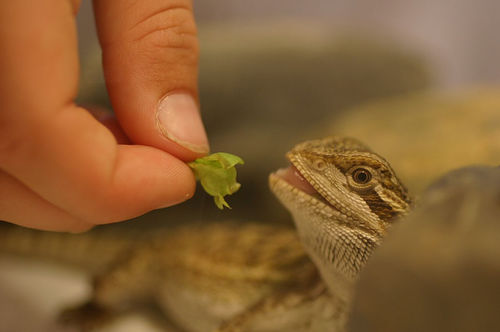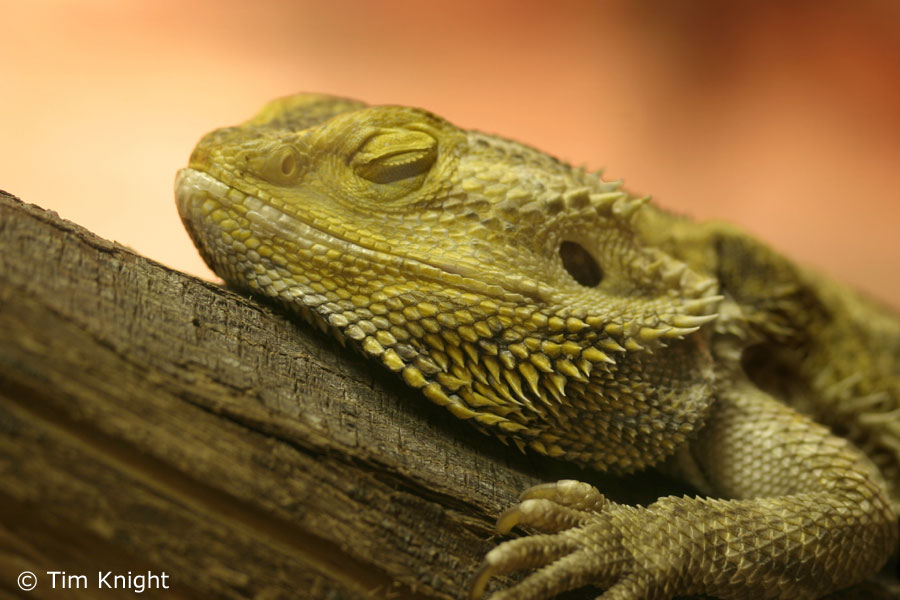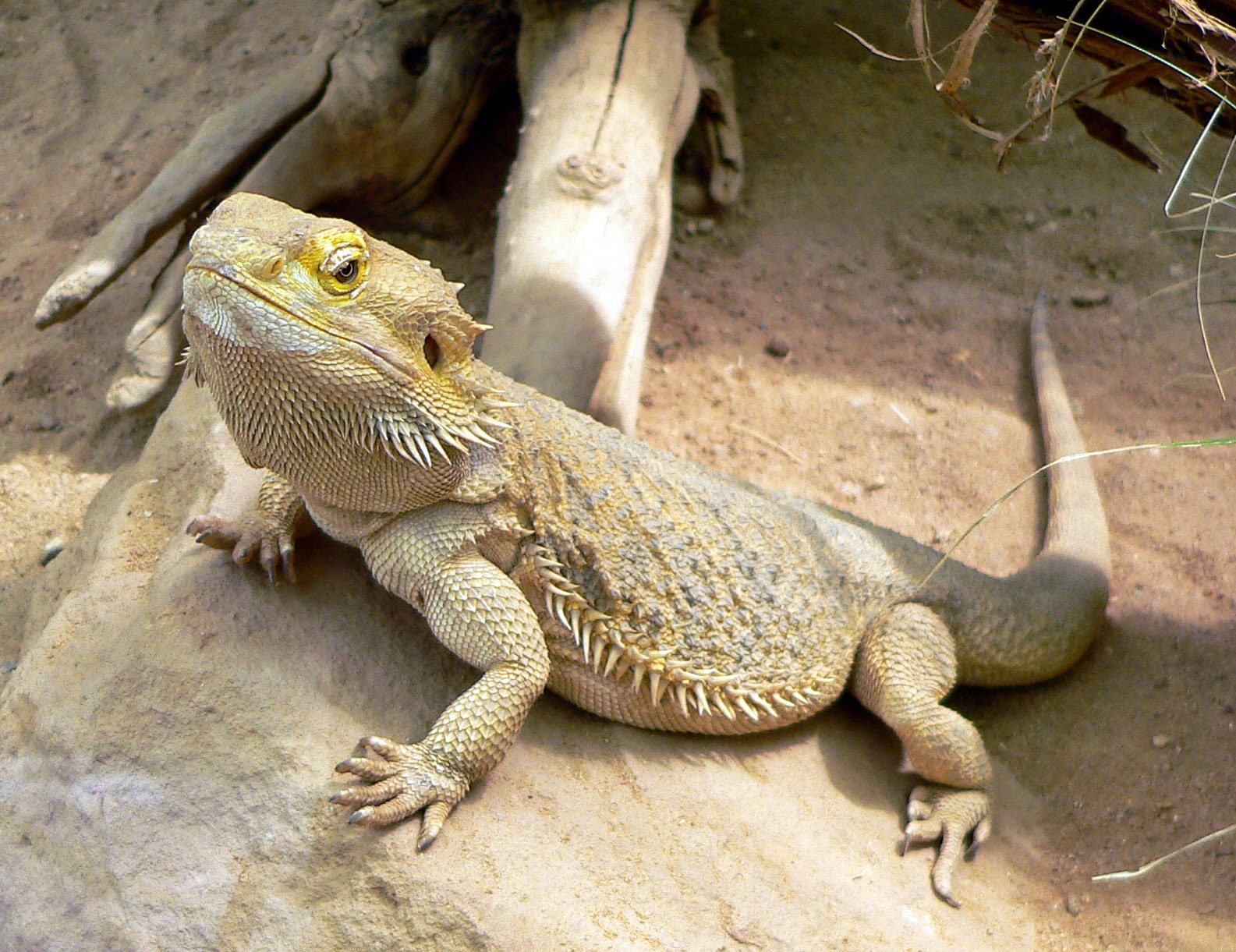The Ultimate Guide to Adolescent Bearded Dragons: What You Need to Know
The Adolescent Bearded Dragon: An Overview
If you’re a reptile enthusiast and are looking to have a carefree, playful and mischievous dragon, an adolescent bearded dragon could be the perfect fit for you. Known for their friendly nature and unique appearance, these diurnal lizards are becoming increasingly popular in the pet community. In this blog post, we’ll discuss everything you need to know to take care of and raise a healthy and happy adolescent bearded dragon.
Understanding the Physical Characteristics of Adolescent Bearded Dragons
Bearded dragons get their name from the spines underneath their chin that resembles a beard. These charming lizards are unique in their appearance, featuring long tails, broad heads, spiny backs, and sharp claws. When bearded dragons are young, their coloring is quite vivid and varies between individuals. As they grow older, their colors will slowly blend into shades of yellow, gray, and brown.

The Best Environment for Adolescent Bearded Dragons
Setting up the perfect environment for an adolescent bearded dragon is essential to its growth, health, and development. These creatures require a warm and humid climate to thrive, and a tank that is a minimum of 40 gallons is necessary for their comfort. Making sure there is adequate basking space under a basking lamp or UV light is critical for their survival as well.
- A basking spot temperature of 105 to 110 Fahrenheit
- Nighttime temperatures shouldn’t be below 65 Fahrenheit
- A day cycle of 12 hours of light and 12 hours of darkness
- Provide hides and climbable objects to ensure their safety and contentment.
Adolescent Bearded Dragon Diet and Nutrition
Bearded dragons are omnivores and thus require a varied diet consisting of both plant matter and protein sources. Feeding them a proper diet is essential to ensure their health and happiness. Here are some essential feeding tips to help you maintain a healthy diet for your adolescent bearded dragon:
- Leafy greens such as collard greens, spinach, romaine, and kale
- Fruits like bananas, apples, and berries
- Protein sources like crickets, mealworms, roaches, and pinkies
- Provide fresh water in a shallow bowl to keep them hydrated.

Handling and Taming Your Adolescent Bearded Dragon
Bearded dragons are known for their friendly nature, and the best way to maintain that is to handle and socialize with them regularly. Here are some tips to help you handle and tame your adolescent bearded dragon:
- Start slow and don’t rush them into anything
- Allow them to come to you in their own time
- Be gentle and patient to build their trust
- Once they’re comfortable on your hand, try taking them for short walks.
Common Health Issues in Adolescent Bearded Dragons
Bearded dragons are susceptible to certain health issues, and recognizing symptoms early is key to managing the problem. Here are some common health issues to watch out for:
- Metabolic Bone Disease (MBD)
- Parasites
- Respiratory infections
- Impaction
- Mouth rot

Conclusion
In conclusion, adolescent bearded dragons are incredible pets that are perfect for reptile enthusiasts of all ages. They are gentle, friendly, and easy to care for, making them ideal for beginners who are just starting. With proper diet, temperature, and care, these fun-loving creatures are bound to bring joy and adventure to your life. We hope this guide helps you in your journey to take care of your adolescent bearded dragon and give them a happy and healthy life.
